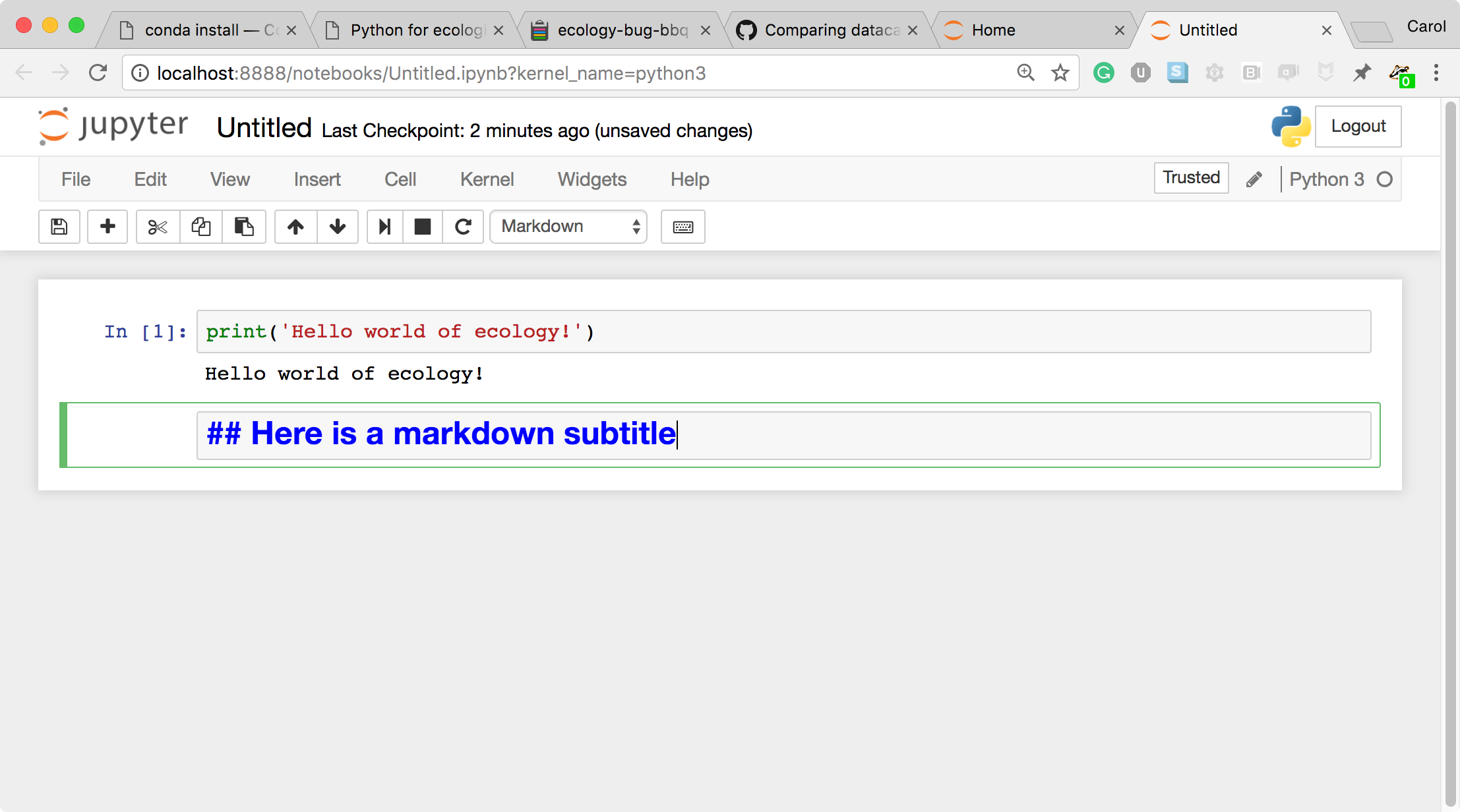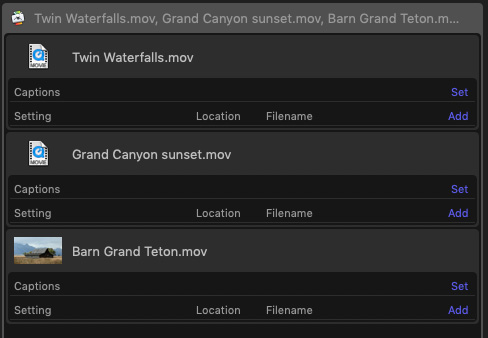

Click the triangular PLAY button located in the center of a poster frame to start the video.įor a video, you have the following viewing options. A poster frame/thumbnail displays for each video.Videos will play on most computer platforms, operating systems, and many mobile devices.640x480 in size (some will be widescreen).Stensaas, PhD).Īlong with text descriptions, each of the 145 movies in the Pediatric Neurologic Exam can be viewed online. Larsen, MD) and the University of Utah School of Medicine (Suzanne S.

This "Internet Accessible Tutorial for Medical Neuroscience in the Pediatric Neurologic Examination" is authored by the University of Nebraska Medical Center. Delay in obtaining developmental milestones and abnormal patterns of development are important indicators of underlying neurological disease. Obtaining developmental milestones is an important reflection of the maturation of the child's nervous system, and assessing development is an essential part of the pediatric neurological examination. The normal neurological findings one would expect for a newborn are certainly different than a 2, 6 or 12-month-old infant. In assessing the child’s developmental level, the examiner must know the age when key social, motor, and language skills are normally acquired. Use the Table of Contents on the left to access these tutorials. It presents the neurological examination of the pediatric patient as couched within the context of neurodevelopmental milestones for Newborns, 3 month-olds, 6 month-olds, 12 month-olds, 18 month-olds, and 2-and-a-half year-olds. The " PEDIATRIC NEUROLOGIC EXAM: A NEURODEVELOPMENTAL APPROACH" uses over 145 video demonstrations and narrative descriptions in an online tutorial. Additional Resource: Neuroanatomy Video Lab - Brain DissectionsĪdditional Resource: Neuroanatomy Online Tutorial - HyperBrainĪdditional Resource: Lumbar Puncture Tutorial - The Procedure and CSF Analysis


 0 kommentar(er)
0 kommentar(er)
